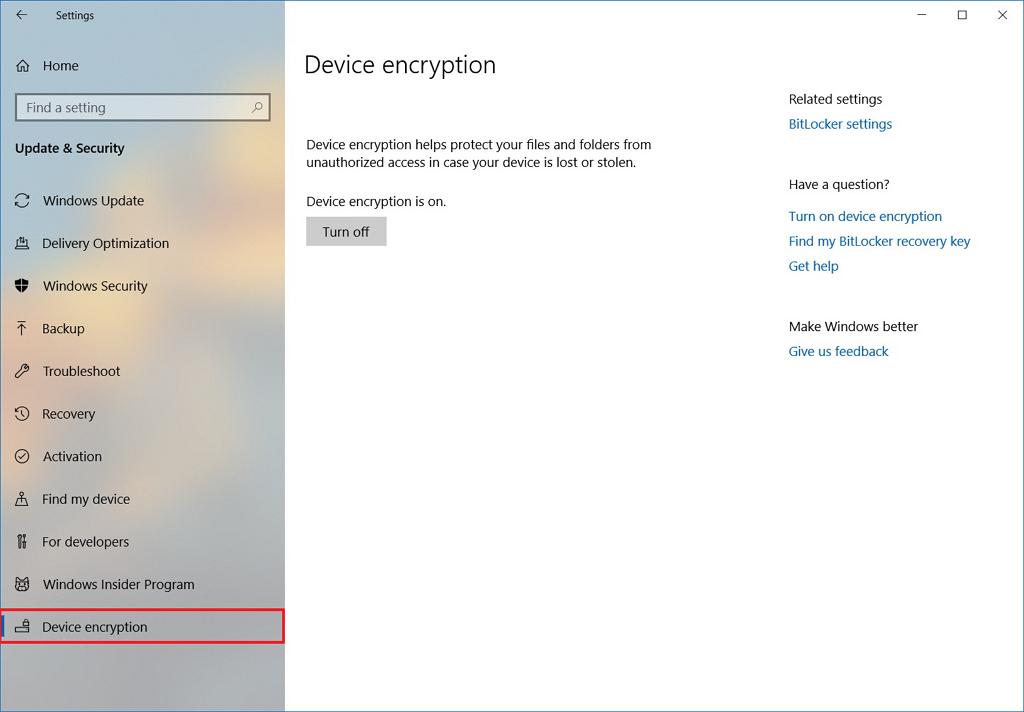


The main reason that TPM 2.0 is required by Windows 11 is that it ensures the integrity of your workstation. While is possible to add a TPM chip to certain workstations, it’s likely not cost-effective to spend the time finding a compatible TPM 2.0 chip, having it installed, and then configuring it so Windows can recognize that it is installed. If you don’t see both that your TPM is ready for use and that it’s version 2.0, then your workstation will not be able to upgrade to Windows 11 and will likely need to stay at Windows 10 for the rest of its lifecycle. That’s it! You can close the tpm.msc window. TPM Manufacturer Information should show “Specification Version: 2.0”. Status should show “The TPM is ready for use”.The Trusted Platform Module (TPM) Management window will appear. Type tpm.msc in the Windows search bar, and press Enter. Now that Windows 11 will require TPM 2.0 chips, you should check to see if your existing machine has this chip. The Trusted Platform Module (TPM) chip has been a standard in business-grade laptops for years.


 0 kommentar(er)
0 kommentar(er)
